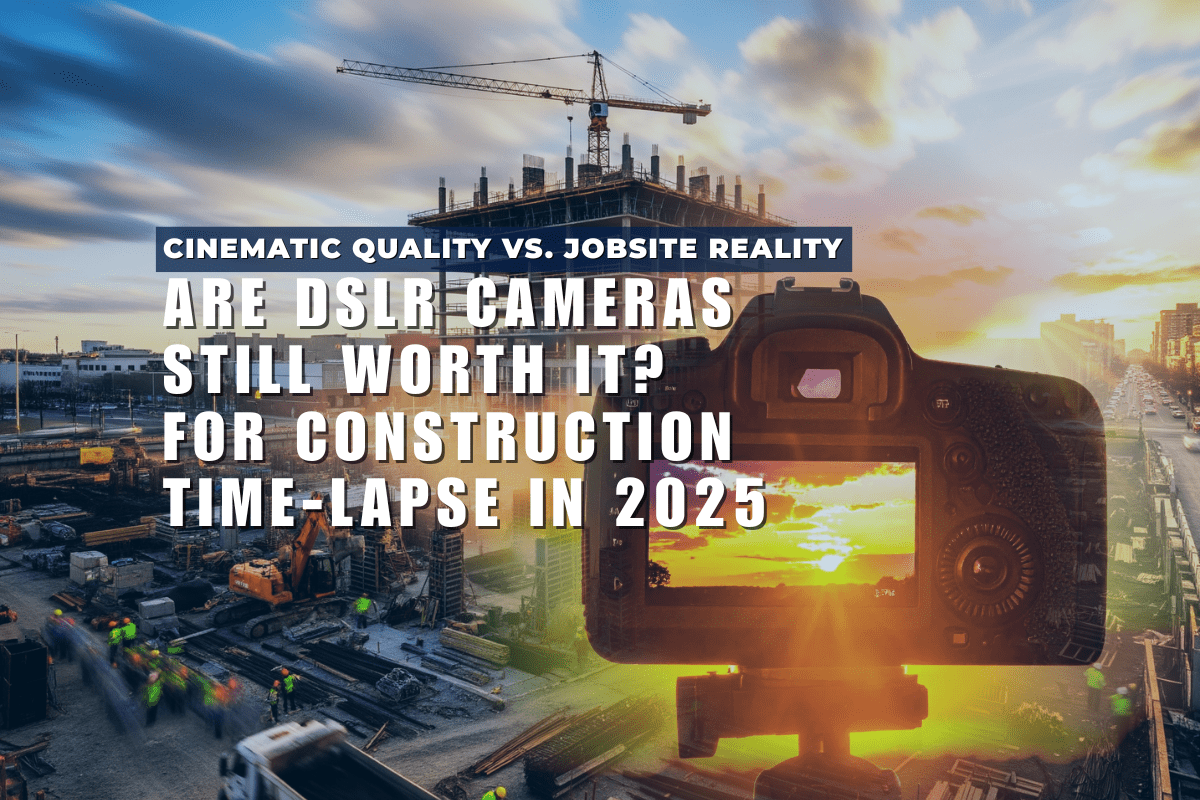This article is part of our new Onsite Insight series, where we focus on content to help the construction industry modernize its operating practices to improve safety, schedule predictability, and, ultimately, profit.

Chad Van Kampen, a seasoned construction industry professional.
Does precast concrete resemble "Lego for grown-ups" at all? While it might seem familiar at first, there's more complexity and depth to explore!
During a recent conversation,Chad Van Kampen, a seasoned construction industry professional, offered some insightful commentary on the subtleties of precast construction and its use in modern building projects.
Chad began his career in construction. Throughout the years he worked his way up from quality control engineer and on to pre-construction manager at Fabcon, one of the top producers of precast. His involvement with the Pre-Stressed Concrete Institute (PCI) is also extensive. PCI develops precast construction techniques and sets industry standards.
Why is precast concrete such a wise option for building projects? According to Chad, prefabrication provides a lot more flexibility than other building methods, making it easier to construct complex architectural elements and coordinate work between trades. Design-build projects benefit greatly from precast building since it becomes possible to integrate parts effectively early in the design process. This guarantees project success and expedites building. Chad stresses early manufacturer interaction, BIM integration, and careful contract review when managing the complexity of precast construction, to guarantee project success and prevent disagreements.

Chad also shared information on new technologies such as ultra-high-performance concrete (UHPC). UHPC achieves a minimum specified compressive strength of 17-29k psi. This tensile ductility greatly simplifies parts of the construction process by reducing or eliminating the need for reinforcing steel in certain applications. The dense matrix of UHPC, with low permeability, ensures long-term durability and low maintenance.

Innovations such as these help reduce build times and take advantage of economies of scale. For example, panels are manufactured in a controlled environment and trucked to the build site. From there a 25,000 square foot building can be enclosed within 4–6 days.
While it can seem simple, precast concrete is demonstrably more than just "Lego for adults." It is an advanced engineering solution that provides construction innovation, durability, and versatility. The way the building industry adopts precast technology will have a significant impact on how structures are designed in the future.
If you want to learn more about Chad's insights and the world of precast concrete, watch the full interview on YouTube



